Is the Toyota Prius Worth It?
Toyota’s Prius – now called the “Liftback” and the progenitor of a ”family” of “Prii” – is in its third generation since its U.S. launch in 2000, and America’s top-selling alternative energy car bar none.
Despite its star-like status, we’re still asked from time to time to candidly answer: “Is it worth it?”
This seemingly simplistic inquiry is in fact a loaded question – just as much as asking whether any other car is “worth it?”
But to cut to the chase, here’s the answer: No, yes, maybe, or maybe not.
What kind of evasive answer is that, you ask? It’s not fair to hedge, you say?
Perhaps, but we’d say it’s as fair as asking “is it worth it?” – a question which can only be answered if you make the effort to drill down on what’s important to you.
To get you started, we’ll open the discussion with a few factors to lead you to more accurately decide thumbs up or thumbs down.
No. The Prius Is Not Worth It
If you care about nothing but your monthly payment, there are cheaper cars out there. If you don’t care about gas usage, the environment, or whether fuel prices go up in the next few years, again, alternatives to the Prius abound.
The usual mono-vision that critics take is to line up a reasonably close conventionally powered car and compare sales prices versus fuel costs, so let’s follow their line of thought:
An entry level Prius costs $25,010 and the basic auto-trans Toyota Matrix is $20,925. The Prius is classified as “midsized,” the Matrix is a “small station wagon.” Both are from the same maker, so we can assume they’re essentially built to the same standards.
According to the government the Matrix gets 28 mpg combined, the Prius gets 50 mpg. Assuming 12,000 miles per year, and figuring gas at today’s national average of $3.55 per gallon, the Matrix will cost $1,521 per year to fill and the Prius will cost $852.
At that rate, it would take 6.1 years just to break even. Similar comparos to other cars could be made, and a longer or shorter multi-year payback time could be found.
People who plan to keep their cars longer might consider this payback OK, but it’s not a no brainer. Others might just take the cheaper route today, and that’s the end of the analysis.
Yes. The Prius Is Worth It
If the Prius is not worth it, then 147,500 Americans last year made a mistake in buying one. While that’s entirely possible, if the Prius is not worth it, then furthermore one of the most successful global automakers is also seriously misguided.
Toyota’s core strategy to meeting future fuel economy regulations is centered on its Hybrid Synergy Drive. Currently the automaker has 23 hybrid-powered variants across its global markets all based on the technology used by the Prius.
Looking further at economics for individual buyers, the Prius is a hedge against future gas price increases.
Gas prices have dropped 30 cents in the past year, but if and when they go back up, the savings against the Matrix increases.
Assuming $4.50 per gallon, and all else the same, the Prius costs $1,080 per year to fill and the Matrix costs $1,928. At that rate, the payback is 4.8 years and as gas prices go up, the payback time decreases.
Actually, the Prius got its start in the early 2000s when gas was closer to $1.50 per gallon and it still took off against resistance. For each successive generation, Toyota improved fuel economy by 10 percent and today’s Prius is a nicer car.
For what it’s worth also, a 50-mpg car has to stop for gas far less often. As Tesla has famously asserted in making a case for its gas-free cars, time spent at the pump is time taken out of your life.
The Prius has a range of 536 miles and the Matrix travels 333. In reality, no one goes to the last drop and refills or else tow truck driving would be an even better business than it is. But realistically, the Prius driver may have to stop 50-percent fewer times give or take.
Maybe. The Prius Might Be Worth It
Beyond simplistic cost equations, you open up a Pandora’s Box of other factors that lend toward going with the Prius.
For one, emissions from the Prius are a much lower than the Matrix’s and that of other conventional cars, so owning a Prius means you are part of the solution, not part of the problem.
The Union of Concerned Scientists, the European Union, the U.S. EPA, and countless others agree greenhouse gas and other toxic tailpipe emissions are bad for us individually, and for the earth’s entire global climate.
Electrification is seen as a step away from hydrocarbons and supporting the Prius can be seen as a vote for life and the future betterment for all.
If you disagree, that is your right.
Less disputable is that people do not merely buy cars as would Star Trek’s Mr. Spock. Otherwise we’d be driving the cheapest thing available, and luxury cars, sports cars, and other “discretionary” purchases would all be sitting unsold on dealer lots.
The Prius also happens to be quiet, smooth, competent enough in general driving, and has a techno-edge to it as well.
And, like it or not, the Prius has “icon” status. Depending on what circles you travel in, it can enhance one’s social status or make them feel good about themselves.
This same rationale is hardly different from justifying an Infiniti over a Nissan, or a Cadillac over a Chevy.
Part of the Prius’ feel-good factor is based on the truth that in a world of ambivalence, you are wasting fewer resources and polluting less.
Notwithstanding shoddy analyses like the one from 2007 that said a Prius is environmentally dirtier than a Hummer, it’s generally agreed the Prius is good for us.
Granted, these factors can be easily dismissed by those who think differently, and we are not taking a stand either way, we’re just laying it out there.
Beyond that, you have issues including maintenance and insurance costs, resale value, longevity – while there have been exceptions, more Prius owners have found the hybrid battery is known to be good for the life of the average Prius. This far exceeds the “100,000 miles” the hit piece from 2007 referenced above mentions, and Prius owners have seen 150,000, 200,000 and more.
There’s also a healthy aftermarket and used part market for people who want to keep them going.
Maybe Not: The Prius May Not Be Worth It
Now here’s a twist: usually critics attack the Prius by saying you can spend less.
With the advent of plug-in hybrids (or even all-electric), there is increasing evidence and personal anecdotes besides supporting the notion to skip the Prius and spend more.
Yes, when it comes to alternative energy cars, more can be less.
And it need not be a whole lot “more” either thanks to subsidies on the federal and state level.
Why spend more? How does not having to fill up at the gas pump but once every three months or longer grab you? How do you like the idea of “energy costs” (electricity) being perhaps one-quarter what you spend for gasoline?
People who drive cars like the Chevrolet Volt say this has been their reality. Other cars like Nissan’s all-electric Leaf never need gas but lack the range and convenience of the plug-in hybrids in return for other advantages.
Other PHEVs that allow this gas-station bypass perk to one degree or another include Ford’s C-Max Energi and Fusion Energi and Toyota’s Prius Plug-in Hybrid based on the Liftback.
Their rationale is simple: A subsidized PHEV can come close or maybe even within the Prius Liftback’s price range, but net a boat-load of back-end savings.
The environmental argument is sharper for them too, because when they’re in all-electric drive mode they’re spewing zero emissions.
The trick to maximizing the benefits is to use them as part-time EVs.
The government says the Volt has the longest electric range at 38 miles with a full battery charge.
If your daily commute is within range, you need not see the gas generator kick on. The Volt is eligible for the highest $7,500 federal credit, many states offer incentives too, and solo-HOV lane access in California is possible.
Priced at $34,995 for 2014, less the federal credit, if eligible, you can be comfortably in Prius price range at $27,495. The Volt’s down side is it seats four, not five, back seat space is tighter, and it’s a compact class. The Prius is roomier for rear passengers and storage.
Also the Volt’s 37 mpg on premium is not as attractive as the Prius’ 50 mpg on regular, but with over 30 miles all-electric range, the Volt can drive double this or more before its mpg average dips below that of the Prius. (So Volt is cheaper on average and longer commutes, but the Prius wins on greater distances).
Beyond this, the Volt’s economics for average daily driving can be seen as hard to argue against.
A similar rationale is true for the other plug-in hybrids which have less electric range, are eligible for less in subsidies, and are more likely to see the engine fire up.
They still can run gas-free and the Fords are estimated at around 20 miles electric range, and the Prius PHV is six miles all electric, 11 miles gas plus electric.
Best Choice?
We know people love nice easy answers, and if you want the simplest, the “No” answer above is all you need to read. However if you stop there, your conclusion may not be the actual best.
Now more than ever it is “worth it” to take your time and understand the ins and outs of the alternatives among which the Prius was a first, and still holding strong with a solid track record.
We realize we passed over other variables and facts in the question, but have to end this somewhere and wanted to at least get you started toward an answer that’s true for you.
Become an AutoGuide insider. Get the latest from the automotive world first by subscribing to our newsletter here.
More by Jeff Cobb




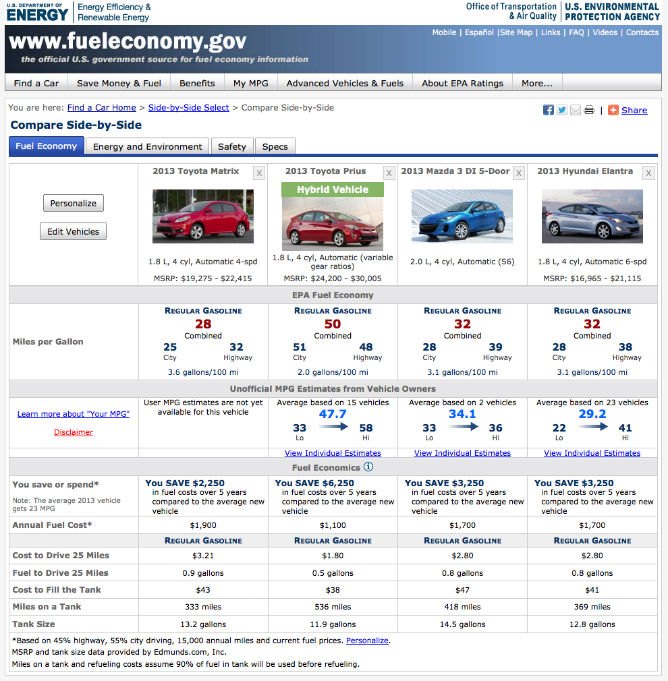



















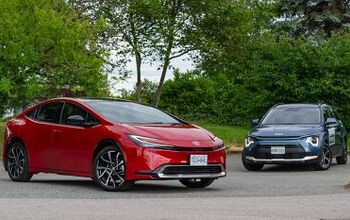
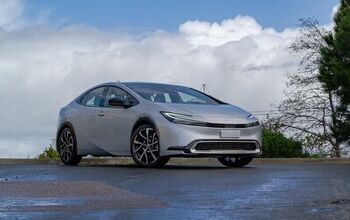







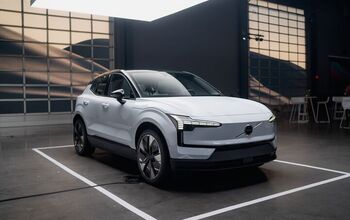
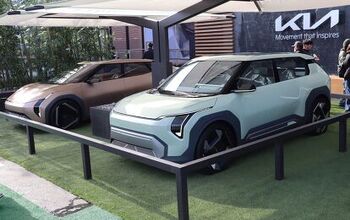

Comments
Join the conversation